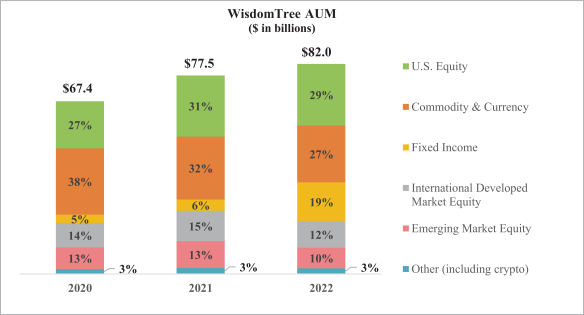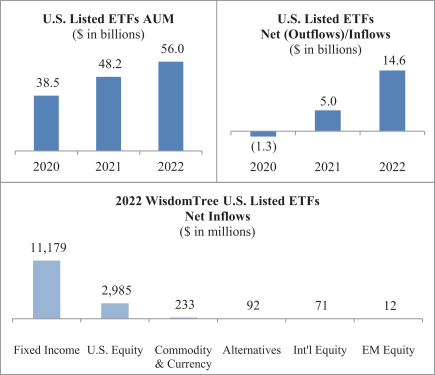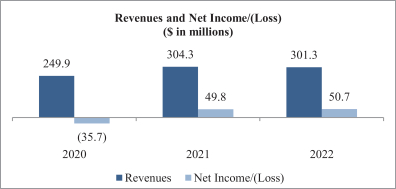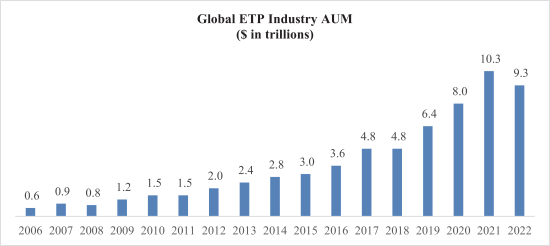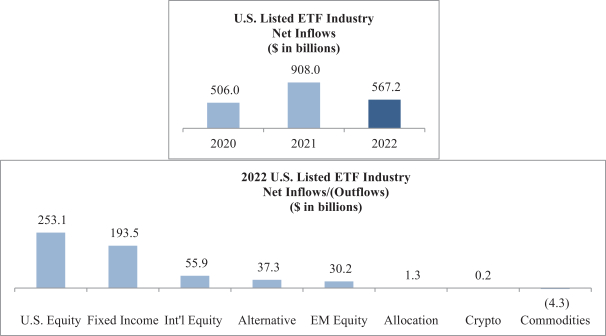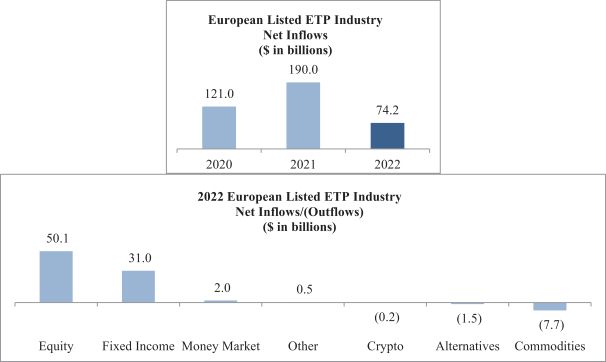Occupancy, communications and equipment
Occupancy, communications and equipment expense includes costs for our corporate headquarters in New York City as well as office related costs in our other locations.
Depreciation and amortization
Depreciation and amortization expense results from depreciation on fixed assets we purchase as well as amortization of internally-developed software, which are depreciated/amortized over three to five years.
Third-party distribution fees
Third-party distribution fees, which are expensed as incurred, include payments made to enable our products and models to be included on certain third-party platforms in exchange for commission-free trading or other preferential access. These expenses also include payments to our third-party marketing agents in Latin America and Israel.
Acquisition and disposition-related costs
Acquisition and disposition-related costs are principally associated with the sale of our Canadian ETF business, which was completed in February 2020.
Other
Other expenses consist primarily of insurance premiums, general office related expenses, securities license fees for our sales force, public company related expenses, corporate related travel and entertainment and board of director fees, including stock-based compensation related to equity awards we granted to our directors.
Components of Other Income/(Expenses) of a Recurring Nature
Interest expense
We recognize interest expense using the effective interest method which includes the amortization of discounts, premiums and issuance costs.
Revaluation of deferred consideration–gold payments
Deferred consideration arose in connection with the ETFS Acquisition and is remeasured each reporting period using forward-looking gold prices observed on the CMX exchange, a selected discount rate and perpetual growth rate. See Note 10 to our Consolidated Financial Statements for additional information.
Interest income
Interest income, which is recognized on an accrual basis, arises from investing our corporate cash and on notes receivable previously outstanding.
Other losses and gains, net
Included herein are gains and losses arising from our financial instruments owned, the sale of gold earned from advisory fees paid by physically-backed gold ETPs, foreign exchange and other miscellaneous items. Also included are losses arising from the release of tax-related indemnification assets upon the expiration of the statute of limitations, for which an equal and offsetting benefit is recognized in income tax expense.
Income Taxes
Our income tax expense consists of taxes due to federal, various state and local and certain foreign authorities.
Expense Guidance for the Year Ending December 31, 2023
Compensation Expense
Our compensation expense for the year ending December 31, 2023 is currently estimated to range from $96.0 million to $106.0 million and takes into consideration variability in incentive compensation, the competitive landscape, inflationary pressures and hiring both in our core business and digital assets.
Discretionary Spending
Discretionary spending includes marketing, sales, professional fees, occupancy and equipment, depreciation and amortization and other expenses. We currently estimate our discretionary spending for the year ending December 31, 2023 to range from $56.0 million to $59.0 million.
Not included in the guidance above are any potential non-recurring expenses we may incur in response to a potential proxy contest. Such expenses could be material to our results of operations for the year ending December 31, 2023.
45
